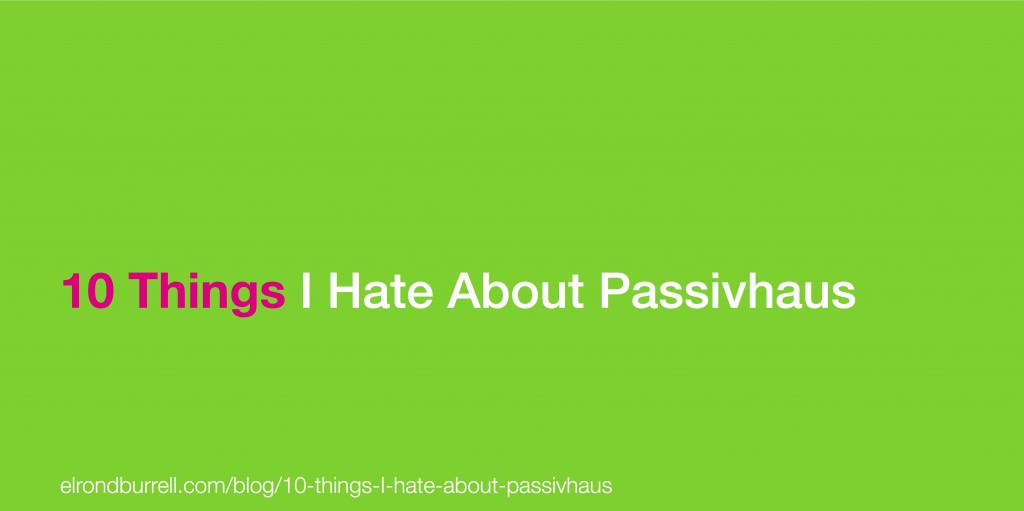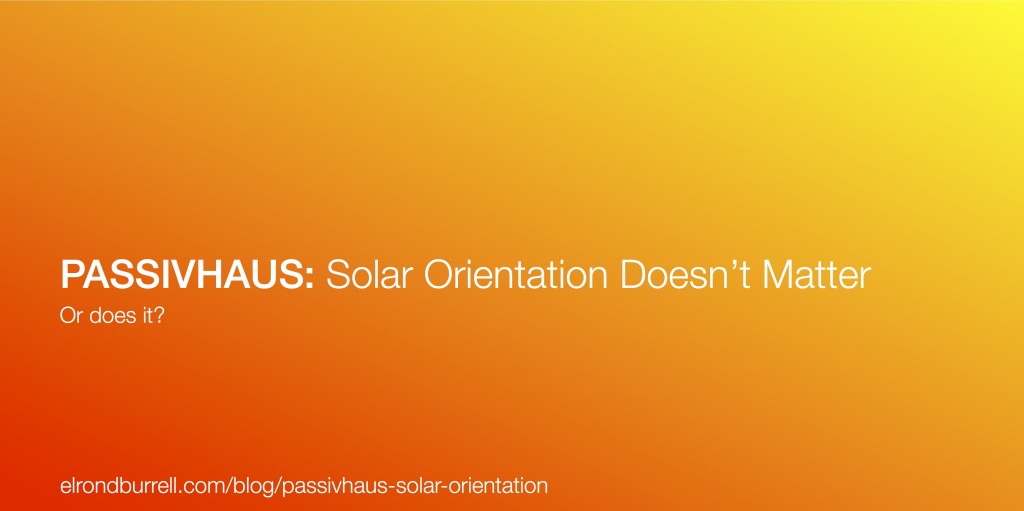I was first introduced to Passivhaus several year back when we decided to pursue it in the architect’s practice where I work. It seemed like the right step forward in so many ways. However, learning about the Passivhaus Standard and everything that is required for certification, presented many challenges. There were some technical challenges, but probably the biggest challenges were to the received wisdom that I held firmly onto at the time.
This somewhat tongue-in-cheek post explores some of those mindset challenges with the benefit of hindsight. It also explores some other mindset challenges that arise from delivering passivhaus architecture.

